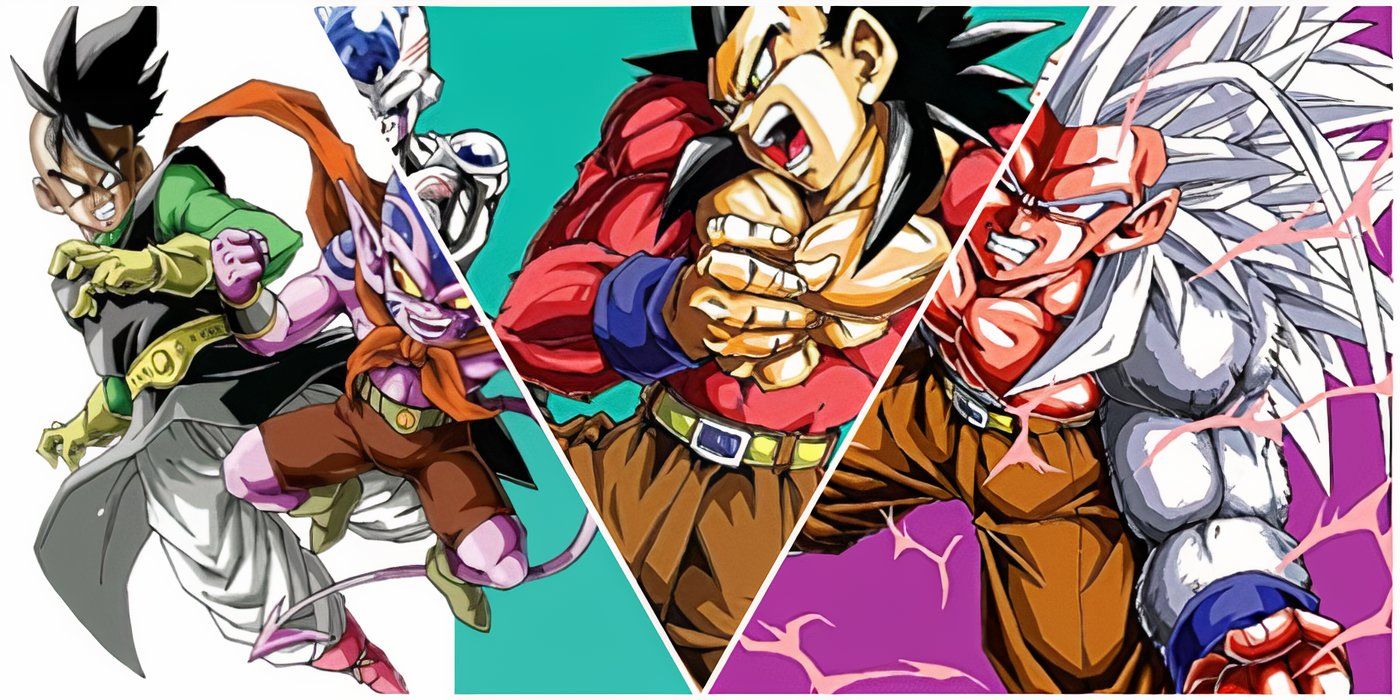
It’s tough to part ways with a series as rich in history as Dragon Ball, given its deep-rooted connections across Dragon Ball, Dragon Ball Z, and Dragon Ball GT. The natural conclusion of DBGT provides a poignant end point, but modern Dragon Ball enthusiasts have been kept engaged through Dragon Ball Super, Dragon Ball DAIMA, and various active player communities in Dragon Ball video games. Compared to the ‘90s, the Dragon Ball universe has expanded significantly, and the ending of Dragon Ball GT left fans yearning for more content.
Originally conceived as a playful April Fool’s Day prank, “Dragon Ball AF” eventually transformed into a well-received fan publication by the current writer of “Dragon Ball Super,” Toyotarou (formerly known as Toyble). Spanning four volumes, it was later utilized to draft the “Dragon Ball Heroes: Victory Mission” manga. Despite not being an authentic component of Toriyama’s franchise, “Dragon Ball AF” has inspired some ideas that continue to surface in discussions. Some intriguing aspects include Uub’s street-level crime-fighting exploits as Papayaman and the development of Goten and Trunks’ enhanced strength. Regrettably, it also contains certain questionable plotlines that fans hope never find their way into the genuine “Dragon Ball” narrative.
Characters Speedrun Through Powerful Transformations, Many Without Cause
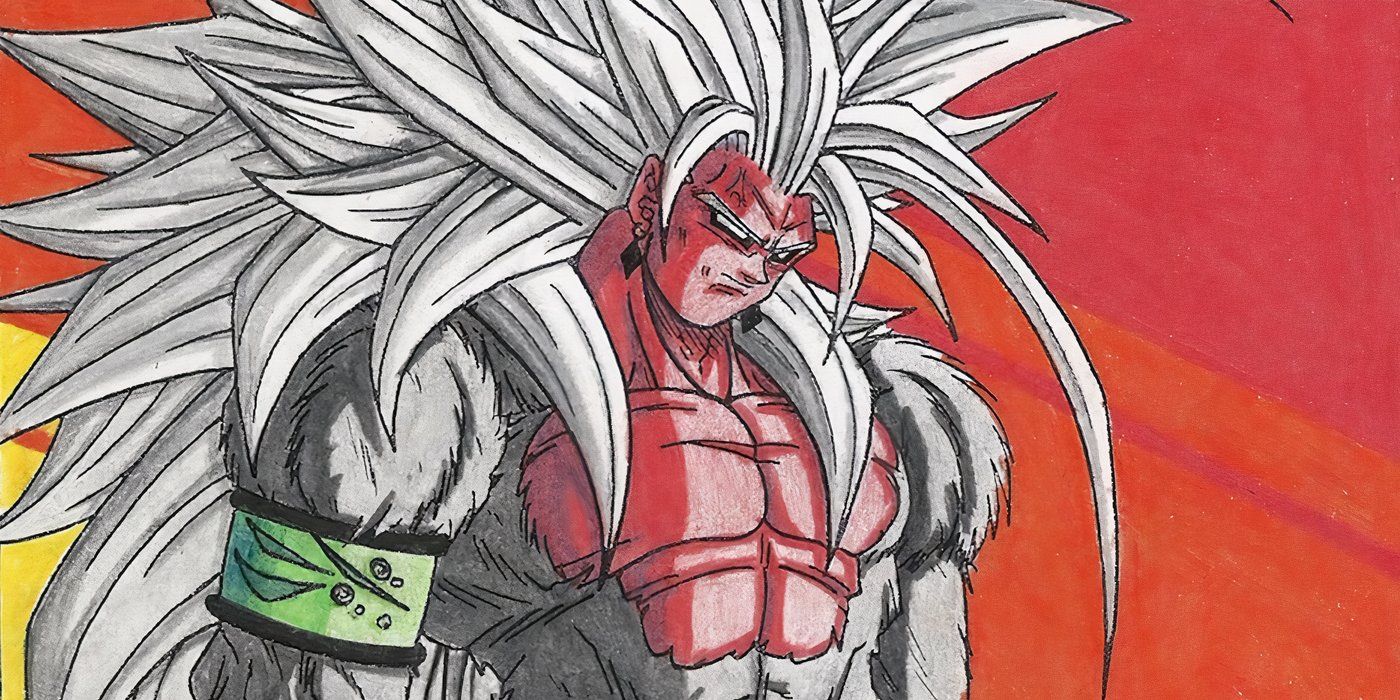
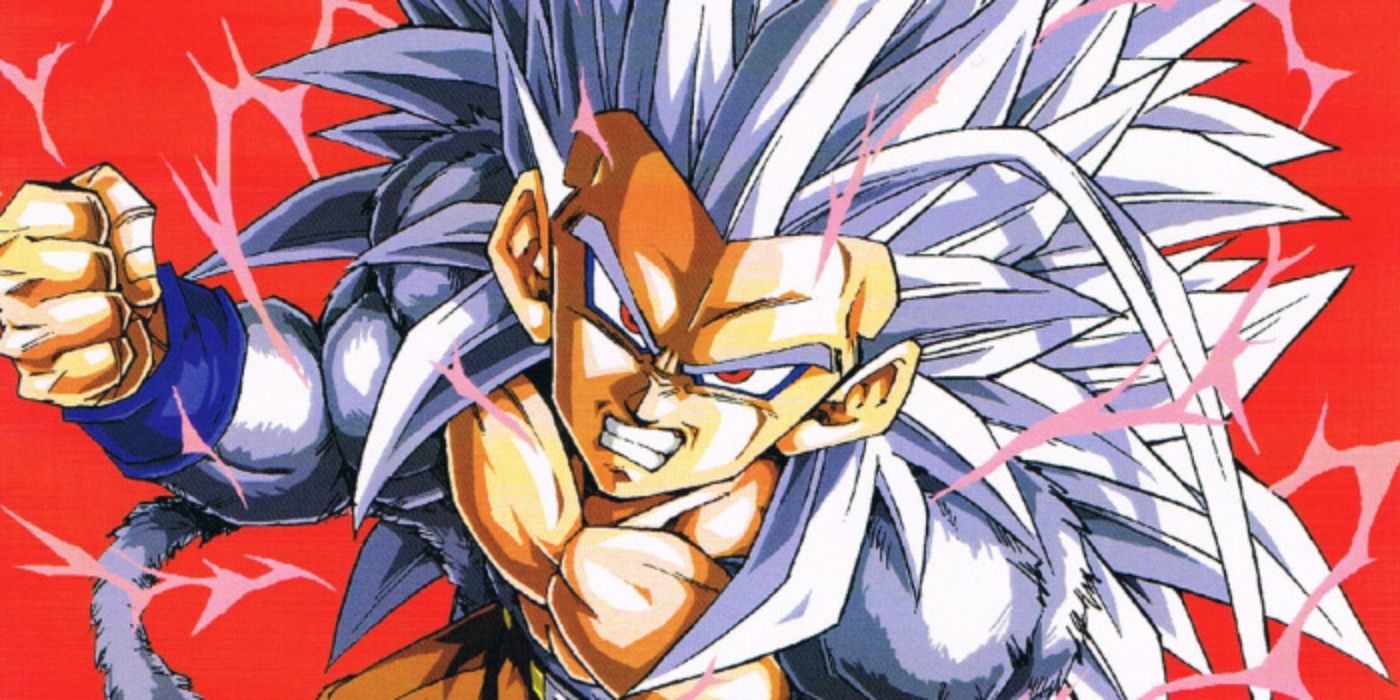
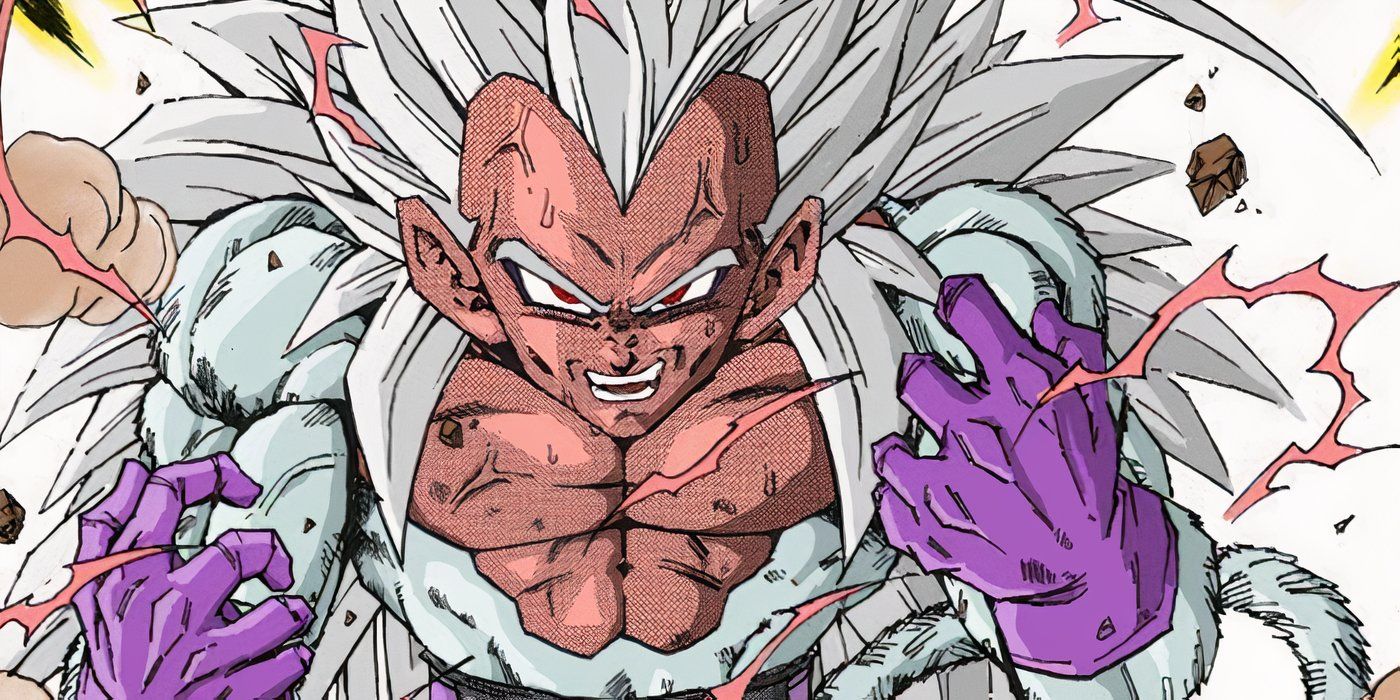
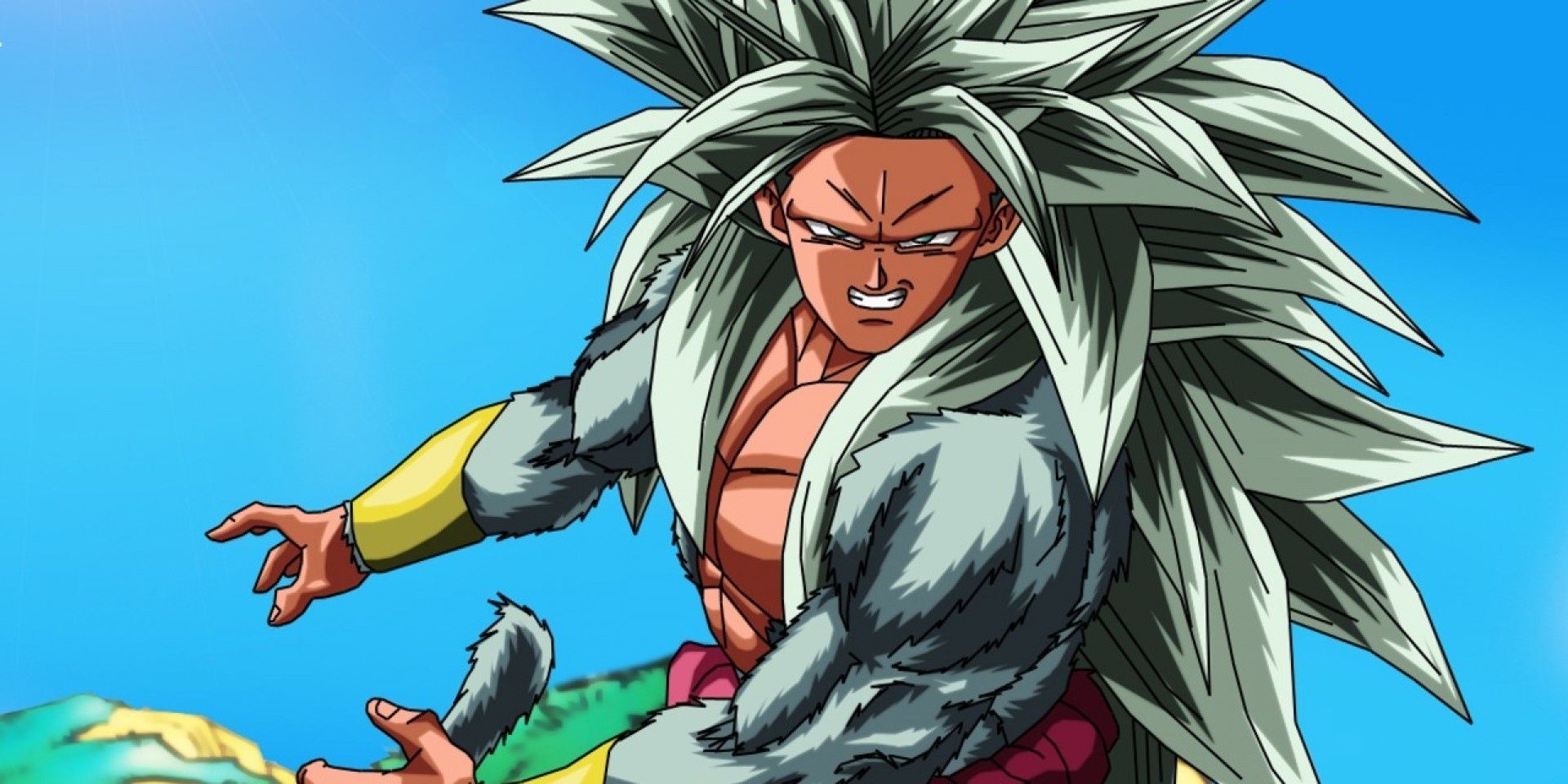
One of the most cherished customs in the Dragon Ball series is the introduction of unique transformations, and it’s reasonable to expect that any new Dragon Ball series will continue this tradition, even if they are only used once. For example, Dragon Ball GT unveiled Super Saiyan 4, a transformation that has significantly impacted the anime’s legacy. On the other hand, Dragon Ball Super chose to explore Super Saiyan God and beyond. Interestingly, Dragon Ball AF initially centered around the concept of Super Saiyan 5 Goku, but this transformation becomes less significant within Dragon Ball AF.
It’s logical to think Goku might reach Super Saiyan 5, but Young Jijii’s depiction also boosts Vegeta and Gohan to this level. Interestingly, Gotenks effortlessly achieves Super Saiyan 3 and then Super Saiyan 4. New transformations can foster character growth, but they shouldn’t feel forced or exploitative. The Super Saiyan 5 form seems excessive, which is why it’s good that Dragon Ball Super chose a different path. However, it’s also beneficial that Goten and Trunks aren’t excessively powerful merely to advance the plot.
A Villain’s Surprise Offspring Pushes Implausibility
A noteworthy aspect about the series “Dragon Ball AF” is that it consists of two distinct fan-created stories which follow divergent paths. One of these, a four-part tale penned by Toyotarou/Toyble, introduces Xicor, an enigmatic and powerful adversary, as its central figure. In contrast, another extended version of “Dragon Ball AF,” authored by Young Jijii, presents Ize, Frieza’s estranged offspring, as the primary antagonist. It’s fascinating that both versions of “Dragon Ball AF” incorporate elements from the original series to some extent.
In simpler terms, the designs of the character named Ize are so impressive they could fit right in Dragon Ball Super, and even surpass Golden and Black Frieza in effectiveness. However, it often seems contrived when a villain’s child suddenly emerges seeking revenge. This plot device is sometimes used humorously by Toriyama himself, as seen in Neko Majin Z with Frieza’s son, Kuriza. A more compelling approach for Dragon Ball Super might be to present Ize as Frieza’s brother instead of his son, and transform him into a hybrid character similar to Cooler.
Goku’s “Third Son” Is A Superior Clone
In Toyble’s “Dragon Ball AF”, a daring concept is presented where Goku’s time on Planet Yardrat led to his genetic material being taken and used to produce a new offspring named Xicor. When the West Supreme Kai’s attempts to create an ideal warrior with Frieza failed, she decides to use Goku as her genetic foundation instead. This gives birth to Xicor, who later arrives on Earth accompanied by the West Supreme Kai, causing chaos in Goku’s absence. Since Xicor shares Goku’s DNA, he can undergo the same transformations, but his strength allows him to evolve into a Super Saiyan 5 form.
It’s not hard to see why talk about “Goku’s third child” would cause a stir, but Xicor seems like a diluted version of past concepts. It appears as though they’re trying to escalate the tension and drama in an almost desperate manner. Given that Dragon Ball Super has previously introduced Goku Black, it might be prudent for them to steer clear of this content altogether.
It’s worth noting that while Dragon Ball Super doesn’t include an evil West Supreme Kai, Zamasu shares a similar theme, though explored in a completely different way. The same can be said about the moral dilemma presented by Glind and Degesu, as well as Dr. Arinsu in Dragon Ball DAIMA – these concepts have been previously addressed, but in unique ways.
A Similar Sacrifice In Dragon Ball Super Would Disrupt The Status Quo
The Buu Saga of Dragon Ball Z showcases a Potara Earring fusion between Shin and Kibito, demonstrating the earrings’ immense power. In Dragon Ball Super, the fusion of Kibito Kai is undone, but remains intact in Dragon Ball GT, which serves as the foundation for Dragon Ball AF. During Dragon Ball AF, Kibito Kai surpasses himself when he seals Xicor within the Z Sword and later eliminates the West Supreme Kai through a powerful attack.
In Dragon Ball Super, Gohan is deeply affected by a drastic action, as such an act would have severe repercussions. Shin and Beerus share a Life Link, which means that if Shin destroys himself, Beerus will perish too. While fans might like to see more involvement from Shin and Kibito in Dragon Ball Super, it’s not worth it if it results in the loss of Beerus.
Goten Sees Plenty Of His Older Brother At High School
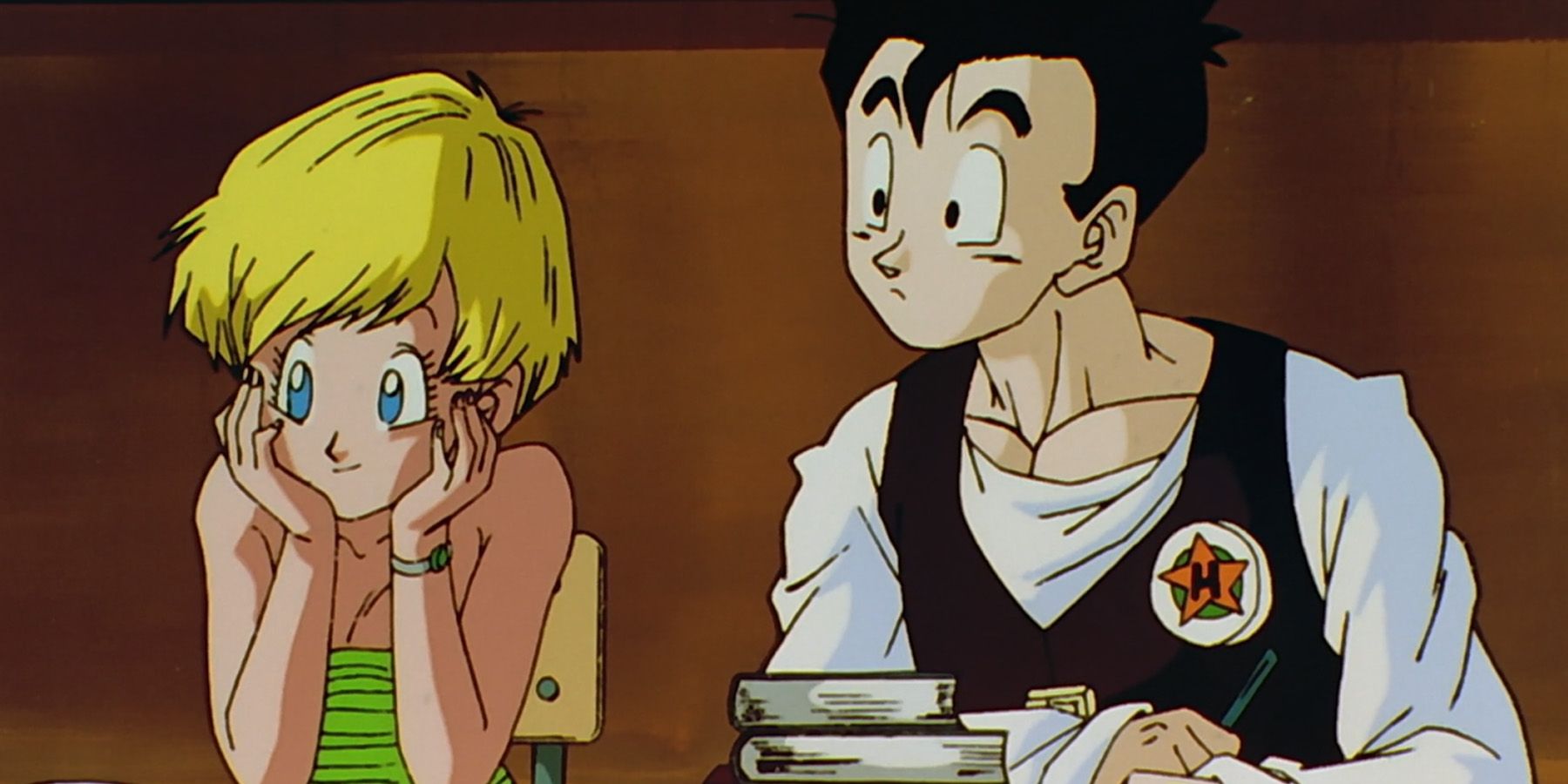
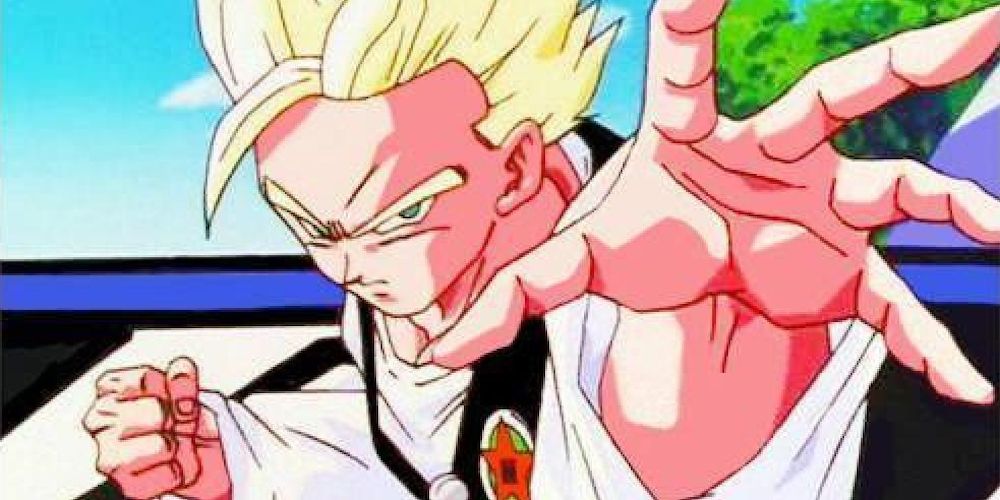
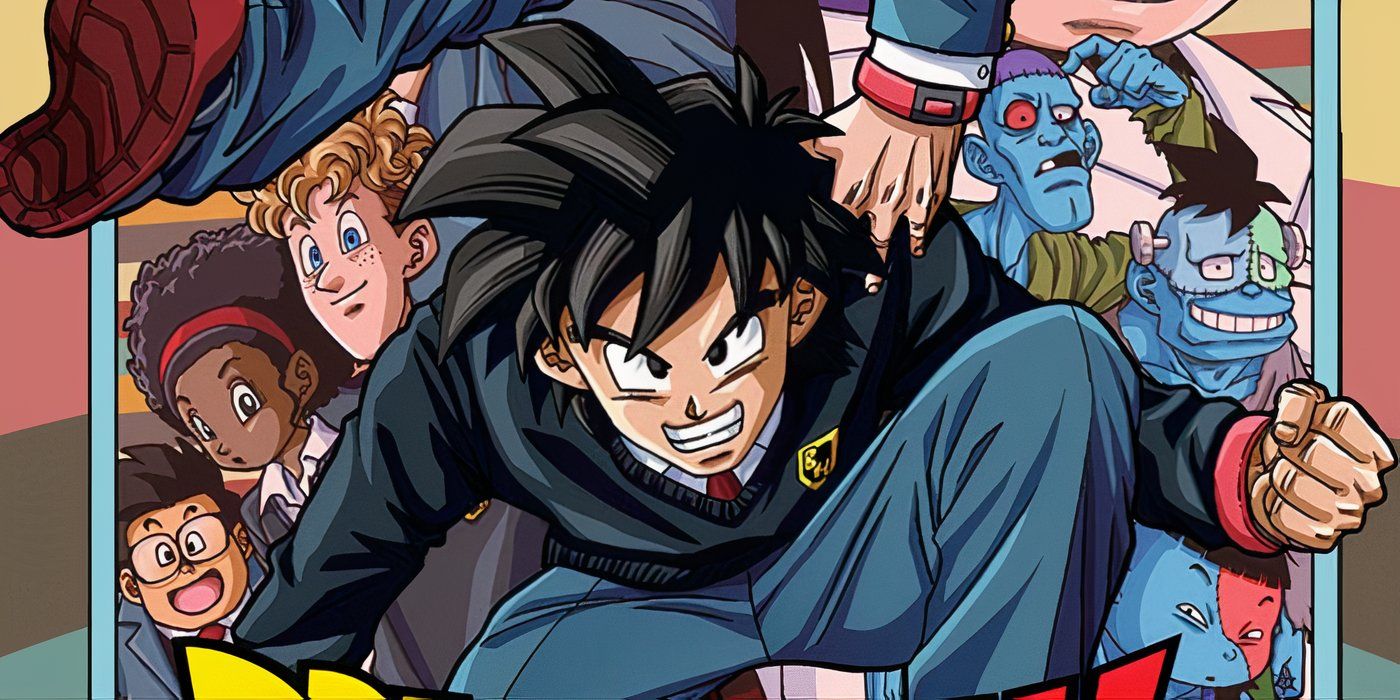
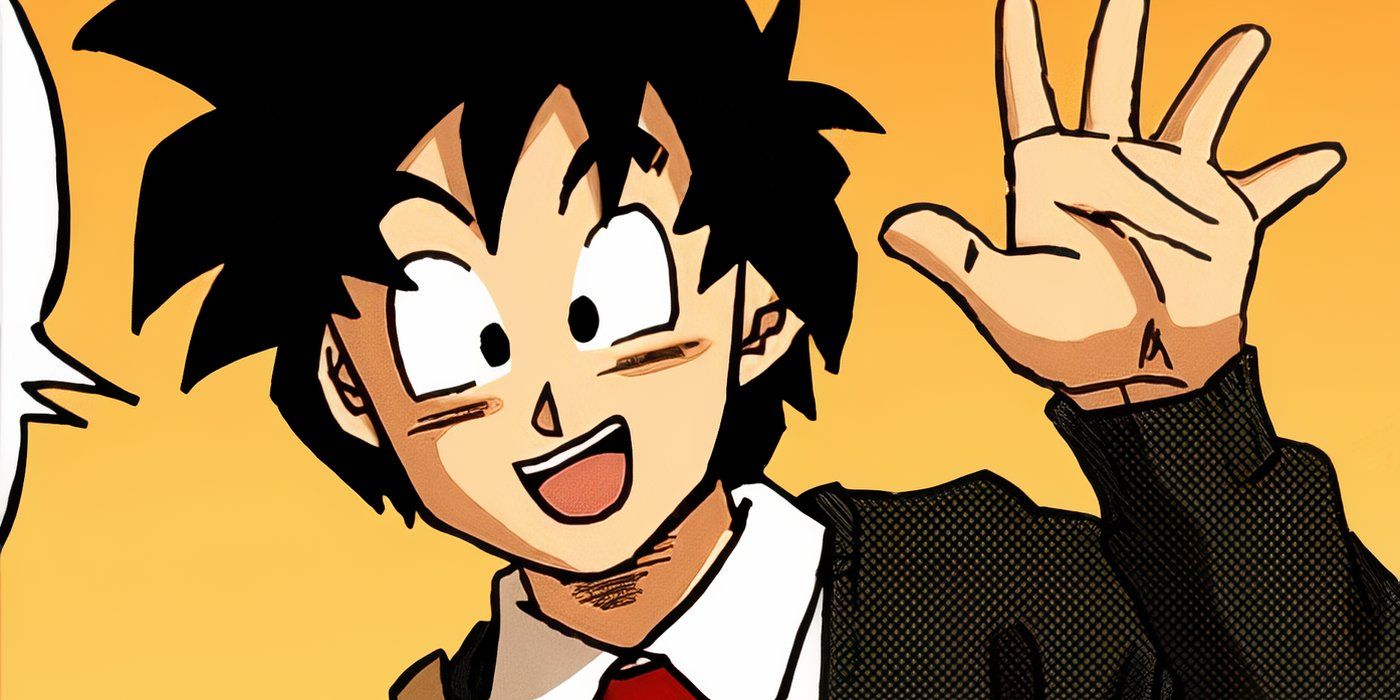
Dragon Ball AF stands out remarkably from Dragon Ball Super, yet it’s intriguing when shared elements emerge. For example, the High School Saga in Dragon Ball Super focuses on Goten and Trunks juggling their school life at Blue High while simultaneously fighting crime as Saiyaman X-1 and X-2. Interestingly, Dragon Ball AF also explores Goten’s high school years, transforming him into Great Saiyaman 3. However, a significant distinction lies in the fact that Gohan is a teacher at Orange Star High in Dragon Ball AF.
In Dragon Ball Super, his studies remain his top priority, as seen earlier. Contrarily, in Dragon Ball AF, Gohan doesn’t completely abandon martial arts. As a teacher now, he retains the ability to attain Super Saiyan 4 status. It could be intriguing for Dragon Ball to utilize Gohan’s wisdom more effectively; however, his role as a teacher at Goten’s school appears somewhat contrived.
A Revised Backstory For Frieza Isn’t Helpful
One method of rephrasing for easier understanding: Certain plot twists that try to force an unexpected connection between characters who initially appear unrelated can feel contrived and illogical more often than not. In the case of Toyble’s Dragon Ball AF , a surprising revelation unfolds as it is disclosed that the West Supreme Kai, who was believed to have perished, turns out to be none other than Frieza’s mother.
The Supreme Kai from the Western regions aims to forge the ultimate warrior, leading her to cross paths with King Cold. However, there’s no need to alter Frieza’s origin story, keeping him as the ruthless, self-centered despot he is. This change in Frieza’s lineage, which forms the basis of Dragon Ball AF, feels forced and introduces unnecessary complexities. Having Frieza be part Glind would only add to these complications unnecessarily.
Piccolo Continues to Suffer For His Selflessness
In Dragon Ball GT, Piccolo has limited roles, yet he manages to leave as a true hero with a fulfilling conclusion. The Black Star Dragon Balls in Dragon Ball GT were made by the Nameless Namekian before he split into King Piccolo and Kami, linking Piccolo to the destructive Dragon Balls. Choosing to depart while saving the world, Piccolo aims to prevent the Black Star Dragon Balls from being used again in the future. He sacrifices himself and finds himself in Heaven, but later creates a stir to be sent to Hell, ensuring he can aid Goku in his escape.
In Toyble’s “Dragon Ball AF,” it’s heartbreaking to observe that Piccolo is merely waiting his turn in Hell, as Goku carelessly vows he’ll break free someday. If “Dragon Ball AF” had continued beyond four volumes, there might have been a chance for Piccolo’s release, but alas, this isn’t the way things played out. Fortunately, “Dragon Ball Super” has elevated Piccolo’s significance significantly, rather than leaving him stuck in the Other World.
Goku’s Farewell At The End Of Dragon Ball GT Becomes Diminished
In various instances throughout Dragon Ball, Goku has said heartfelt and emotional farewells, some of which were supposed to be final. However, these poignant departures lose their emotional resonance if more Dragon Ball series are produced or if Goku reappears in the storyline at a later date. The bittersweet conclusion of Dragon Ball GT showcases not only Goku’s absence, but also the disappearance of the Dragon Balls, which serves as a fitting end for the franchise. In Toyble’s Dragon Ball AF, it is revealed that Goku must reside in the Seal World, a place slightly distinct from Other World.
In Toyble’s Dragon Ball AF, there are hints that Goku will return, while Young Jijii’s account shows the heroes reviving him using the Dragon Balls. Multiple deaths and emotional goodbyes for Goku might not align well with Dragon Ball Super’s established narrative. The series should stick to its choices, as one of the intriguing aspects of Young Jijii’s Dragon Ball AF is witnessing Gohan and Vegeta collaborate in Goku’s absence.
Pan’s Death Is Manipulative Melodrama
In Young Jijii’s “Dragon Ball AF”, there’s no delay in addressing Ize’s power or his relentless pursuit of humbling Earth’s mightiest warrior. Ize’s transformations cause such trouble that the combined might of Super Saiyan 4 Vegeta, Super Saiyan 4 Gohan, Super Saiyan 3 Gotenks, and Majuub can’t seem to overpower him. Ize shifts into his third form, leading to Pan’s demise. This tragic event triggers Gohan’s Super Saiyan 5 transformation, which he later uses to eliminate Ize.
In many instances, these concepts hold merit, and indeed, Pan’s demise serves as a powerful motivation for Gohan to surpass his boundaries. However, despite her being sixteen in this adaptation of Dragon Ball AF, her death is incredibly heart-wrenching. For the first time in Dragon Ball, Pan symbolizes an unparalleled purity and innocence; hopefully, she’ll never meet such a tragic end in Dragon Ball Super.
Dragon Ball AF Separates The Connection Between The Dragon Balls & Shadow Dragons
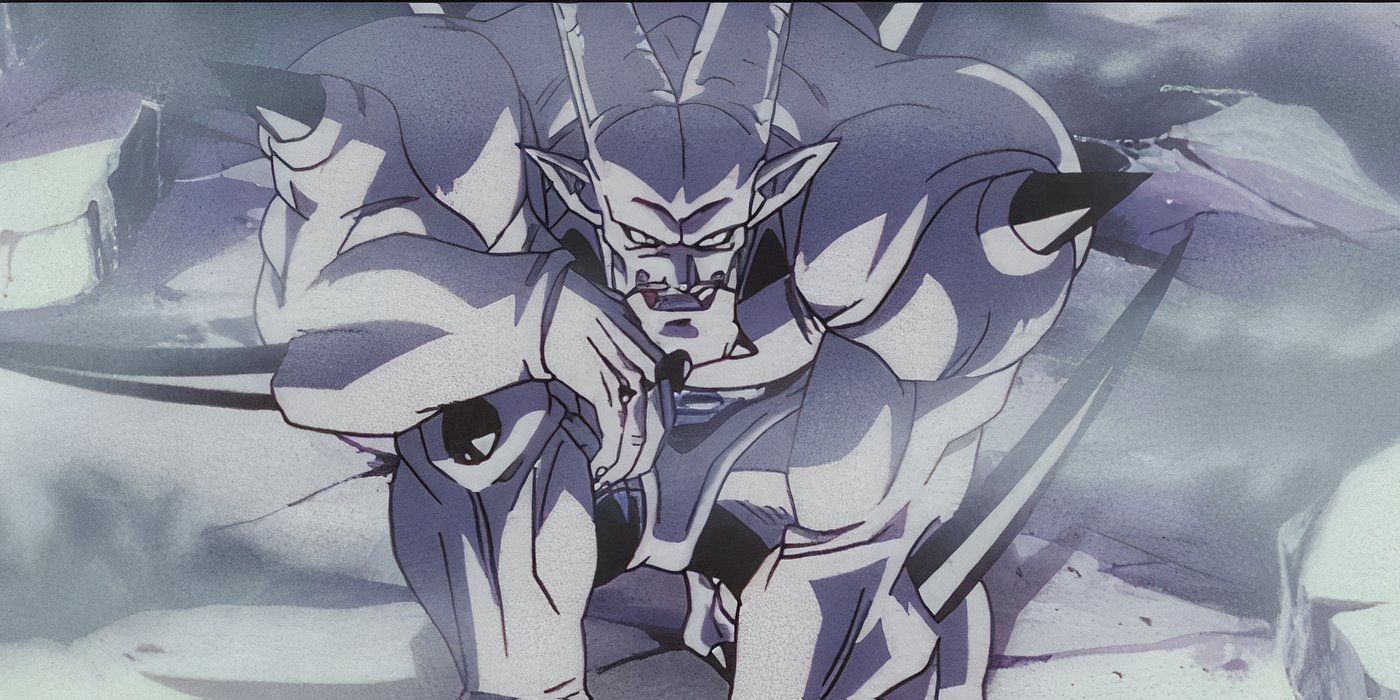
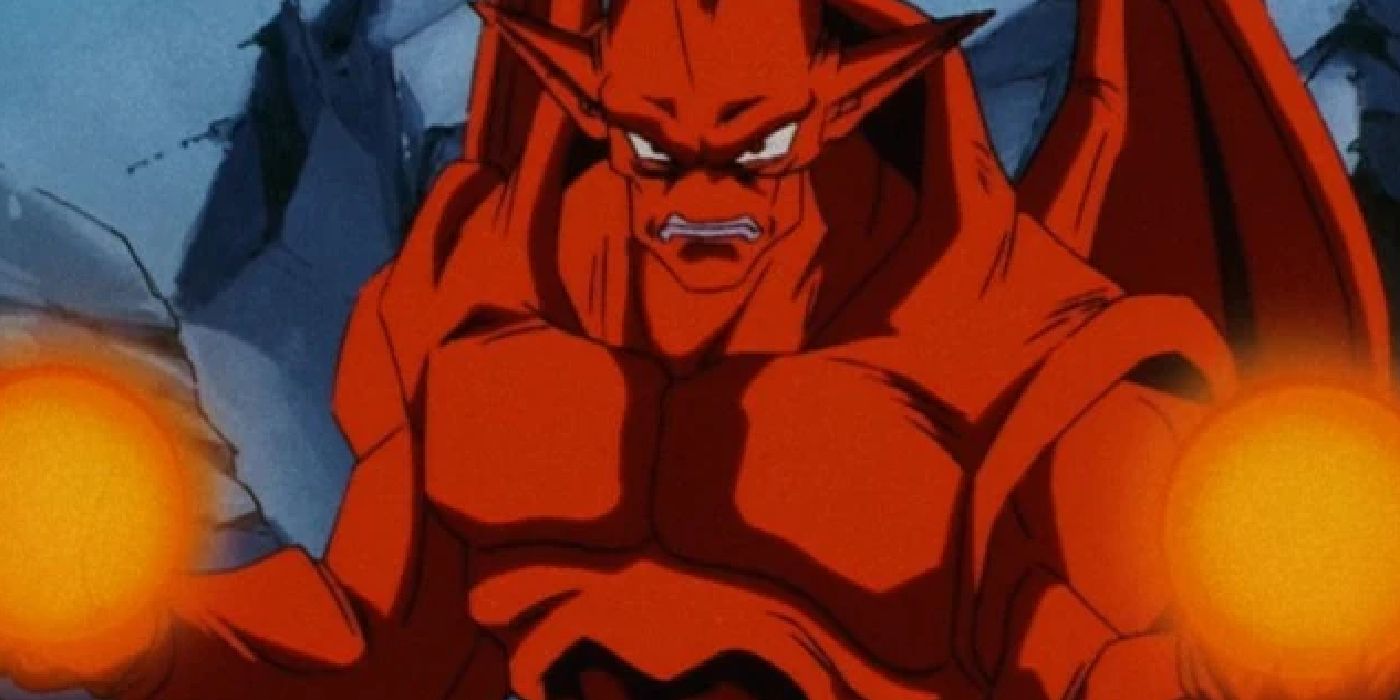
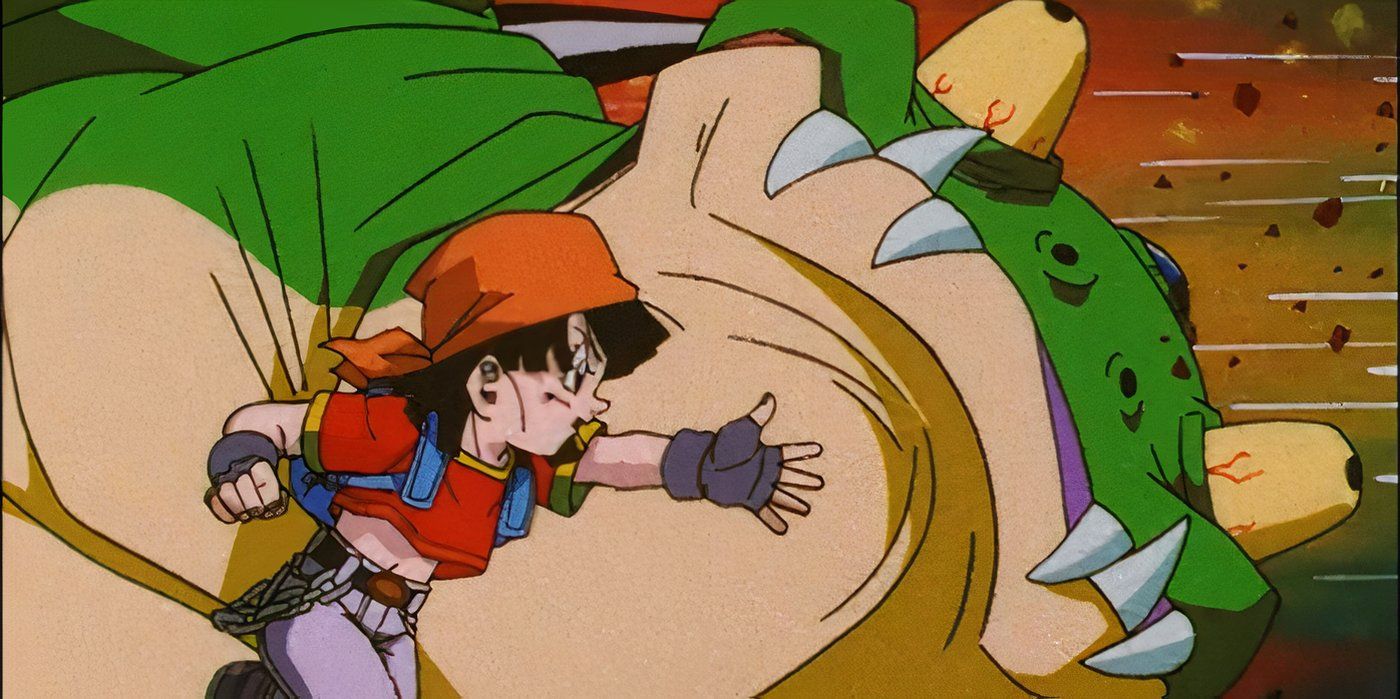
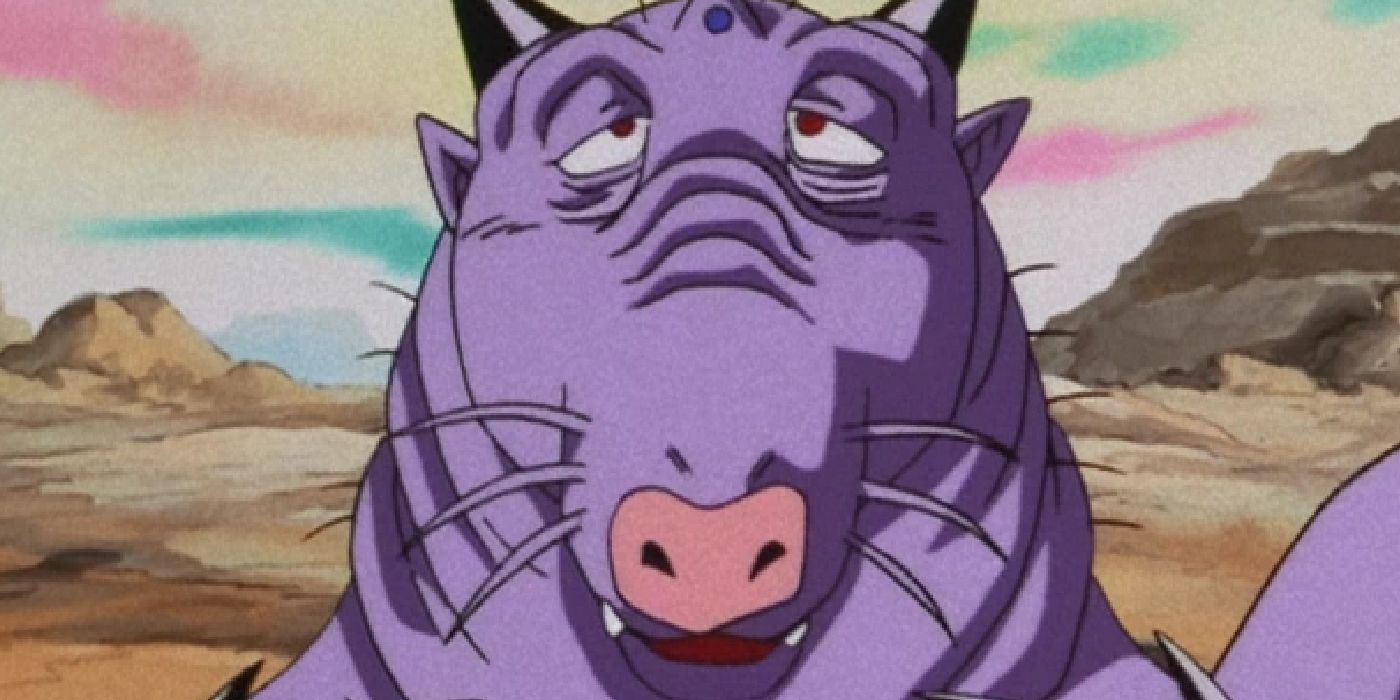
The villains in Dragon Ball GT are intriguing and possess unique abilities, each being associated with a distinct Dragon Ball. Defeating these Shadow Dragons restores their corrupted Dragon Ball. At the end of Dragon Ball GT, the Dragon Balls were taken away, suggesting that they’re too valuable for humanity to keep. This could imply that the Shadow Dragons are no longer operational as well.
In contrast, Toyble’s “Dragon Ball AF” includes cameos of Nuova Shenron and Omega Shenron. On the other hand, Young Jijii’s “Dragon Ball AF” introduces the concept of Super Shadow Dragons, which are a result of the heroes attempting to resurrect Goku using the Dragon Balls. Fans hope that “Dragon Ball Super” will delve into canonical Shadow Dragons, but they prefer it done in a more organized manner than in “Dragon Ball AF.
Read More
- OM PREDICTION. OM cryptocurrency
- The Elder Scrolls IV: Oblivion Remastered – How to Complete Canvas the Castle Quest
- Oblivion Remastered – Ring of Namira Quest Guide
- Oblivion Remastered: The Ultimate Race Guide & Tier List
- Poppy Playtime Chapter 4: Release date, launch time and what to expect
- Solo Leveling Arise Amamiya Mirei Guide
- Ian McDiarmid Reveals How He Almost Went Too Far in Palpatine’s Iconic ‘Unlimited Power’ Moment
- Quick Guide: Finding Garlic in Oblivion Remastered
- Sophia Grace’s Baby Name Reveal: Meet Her Adorable Daughter Athena Rose!
- Ryan Reynolds Calls Justin Baldoni a ‘Predator’ in Explosive Legal Feud!
2025-05-13 07:04